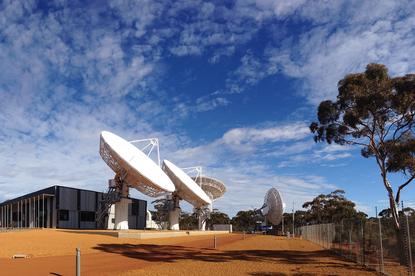Clinicians call for government to improve broadband in the bush
- 11 January, 2017 14:23

The Australian Medical Association (AMA) has called on the government to take action to improve broadband connectivity in regional and rural areas or risk health services in the bush falling further behind that available in cities.
In a position statement released yesterday, the AMA said the use of telehealth and telemedicine services in these areas is patchy and isn’t being used to its full potential “because of no, or inadequate, internet access.”
The AMA cited the 2016 Regional Telecommunications Review, which said that the ability of hospitals and clinics to support remotely-located clinicians and patients via video conferencing and remote monitoring could be severely limited in areas serviced by satellite. These areas may not be able to consistently and reliability deliver the necessary capacity and technical capability, the report said.
Rural doctors who responded to an AMA Rural Health Issues survey were critical of the quality of internet access in the bush.
“Internet services are a critical area [of concern]. The NBN has been deficient in providing a comprehensive coverage even in areas that are under 25km from a major regional centre, i.e. Orange and Dubbo,” said one clinician.
“High speed broadband [is the] single most critical issue to run practices now, many areas are not getting the best from the NBN,” said another.
The AMA said as mainstream healthcare provision becomes increasingly technology-based and requires more and faster broadband services to operate, there is a “real risk that regional, rural and remote areas of Australia will be left further behind in the ability to provide quality health services.”
It cited a Deloitte Access Economics report that suggested single older Australians could save $7,400 each year through broadband-enabled healthcare with savings to the government, through reduced health and service provision, of more than $14,500.
The AMA also said high-speed broadband should be available to the same standard and at the same cost to all communities, businesses and services across the whole of Australia.
“The platforms used must be able to accommodate future developments in information and communications technologies and provide connectivity through suitable combinations of fibre, mobile phone, wireless and satellite technologies,” the AMA said.
The association also asked the government to ensure broadband service are affordable to people in the bush.
“Lack of affordability is regarded as one of the most important barriers to good internet access for country people whose incomes, on average, are 15 per cent than those of city people,” the AMA said.
The AMA urged the government to consider the recommendations of the 2015 Regional Telecommunications Review, and establish a new funding mechanism – the Consumer Communication Fund – to replace the existing telecommunications industry levy.
It wants the government to extend the boundaries of the NBN’s fibre cable and fixed wireless footprints and mobile coverage wherever possible. It also wants measures developed to prioritise or optimise the broadband capacity available by satellite for hospitals and medical practices such as exempting or allocating higher data allowance quotas or providing a separate data allowance.
The full list of AMA’s requested actions can be found here.

